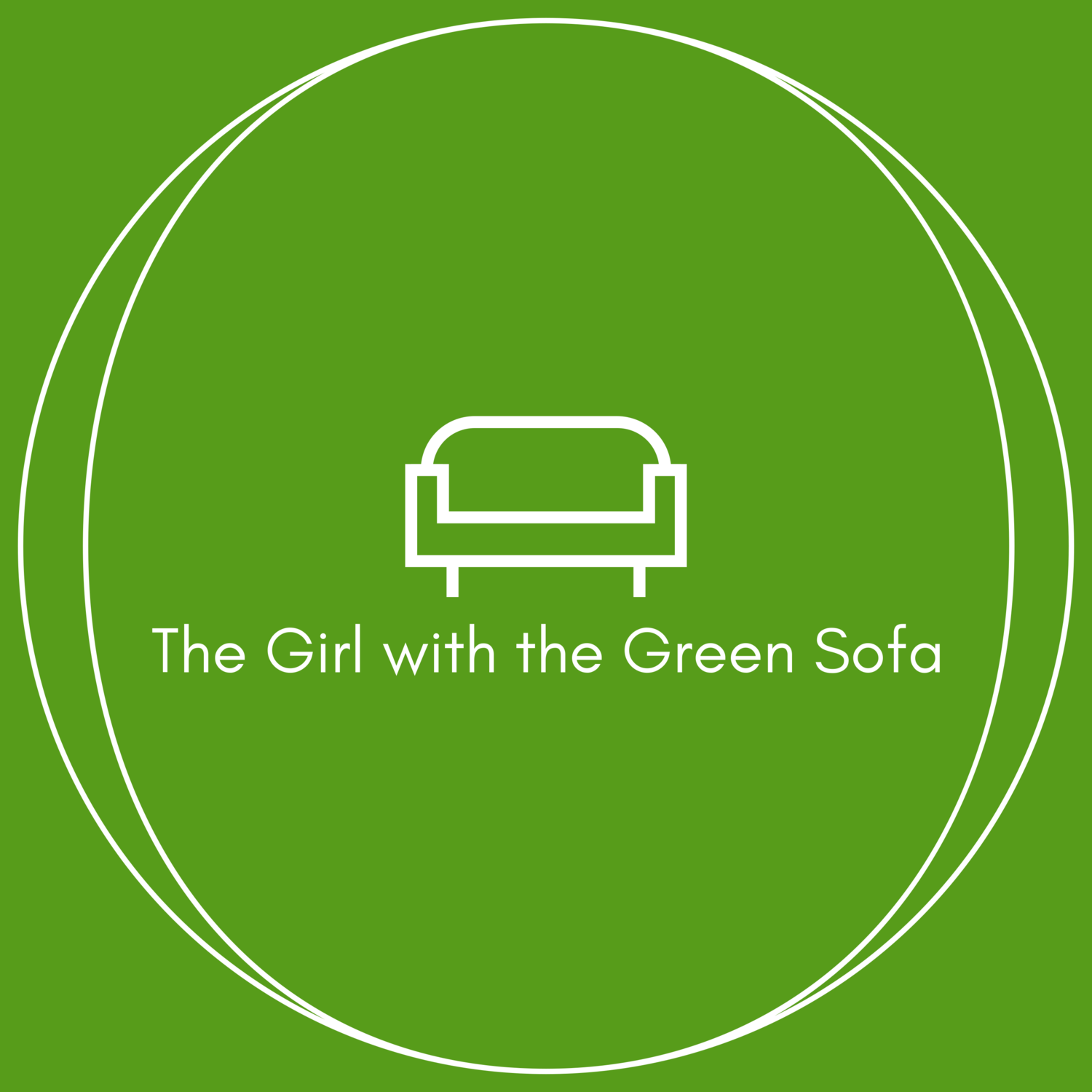Spotlight on Abigail Edwards-Quiet Pattern
All Images Credit: Alun Callender
Abigail Edward’s first wallpaper collection launched in 2011, the hand-drawn designs, inspired by nature and fairy tales, are sold online and through selected stores internationally.
Abigail began her career studying fine art at Wimbledon School of Art in London and the École des Beaux-Arts in Paris. After a brief stint assisting in galleries in New York, a passion for interiors took over and she returned to London to style shoots and write about interiors for a diverse range of editorial and commercial clients; such as Ikea, The White Company, Marks & Spencer, The Sunday Times, The Guardian, You Magazine, House & Garden and Country Living amongst many others. She was also Deputy Decorating Editor at Country Homes & Interiors magazine for several years.
She now focuses on her interiors business, designing and selling wallpapers, fabrics, cushions and home accessories.
All Abigail Edwards’ products are made in the UK where possible and are environmentally responsible. The wallpapers and non-woven substrates are all sourced from sustainably managed forests and are printed at one of the few remaining, traditional, wallpaper printers in England, using non-toxic water based inks.
The collection has recently expanded to include fabric by the metre and accessories as well as the award-wining wallpapers that have featured in numerous magazines and grace the walls of homes and commercial spaces around the world.
1. What was the reason behind you starting your business?
I wasn’t initially planning to start a business. I had continued to draw since leaving art school in my spare time whilst working as an interior stylist and I thought that one of the little illustrations that I had done would work better as a pattern. As I was playing around with it I thought it would look good on a wall so I got it printed and just wanted to see what would happen really, I hoped that a few people would like it and buy it, and they did!
2. How did you start up?, kitchen table? Mum’s garage, renting premises?
I was living in a little one bedroom flat at the time and would draw at my kitchen table and had a makeshift desk in the living room. But I drew and redrew my first designs for over a year to get them right before I went to see a printer to actually get the designs made into wallpaper.
3. How did you fund your business?
I was working full time as an interior stylist and would work on the wallpaper at weekends and in the evenings and process wallpaper orders in the morning before going on shoots, so my styling career initially funded the manufacturing costs of the wallpaper. But it was really hard work as shoots are often out of London or abroad so my working days were very long, often beginning at 5am. I worked like this for several years before I cut back on the styling work to give me more time to focus on developing my own business.
4. What was the most difficult part of starting up your business? Access to money, advice, finding people to buy, marketing etc?
Running a business by myself can sometimes feel a little isolating. I never know if I’m doing things the right way and I would love a business advisor or mentor. I am really inspired by the creative side of what I do and I love learning more about marketing etc. but it would be great to have someone who was good with technology and knew about sales as this side of things doesn’t interest me so much.
5. What help was missing for you? – see above
6. What went wrong in your first year? Few months if you haven’t been trading that long?
Nothing really went wrong. I was very lucky, I had very low expectations and just hoped to break even so I was thrilled when the first year went so well. I wasn’t expecting my designs to turn into a business so I am incredibly grateful that it has worked out so far.
7. What have you learnt?
Having a supportive creative community is incredibly important when you are working on your own. I have met lots of people at trade shows and being able to talk to fellow designers about the ups and downs and ins and outs of running a business and the creative process is invaluable. I met Studio Flock and Witch & Watchman whilst exhibiting at ICFF in New York a few years ago and we now all advise and help each other. They are my go to people if I am unsure about anything relating to my business.
8. What is the most important piece of advice that you could give others thinking about starting a business?
Only start a business if you can dedicate enough time to it.
9. And what do you enjoy the most?
My favourite part is the beginning of the design process when I am working on a new idea. Sitting at my desk and drawing is the most calming thing I can do and when I am happiest.
10. On a scale of 1-10 how hard do you find it to run your own business?
Right now, it is a 10. I have just had very premature twins and looking after them and keeping the business going is incredibly difficult. Previously work has always been my priority and now two tiny beings have to come first but without letting customers down and keeping the business running efficiently. There is never a spare moment.
The Girl with The Green Sofa














